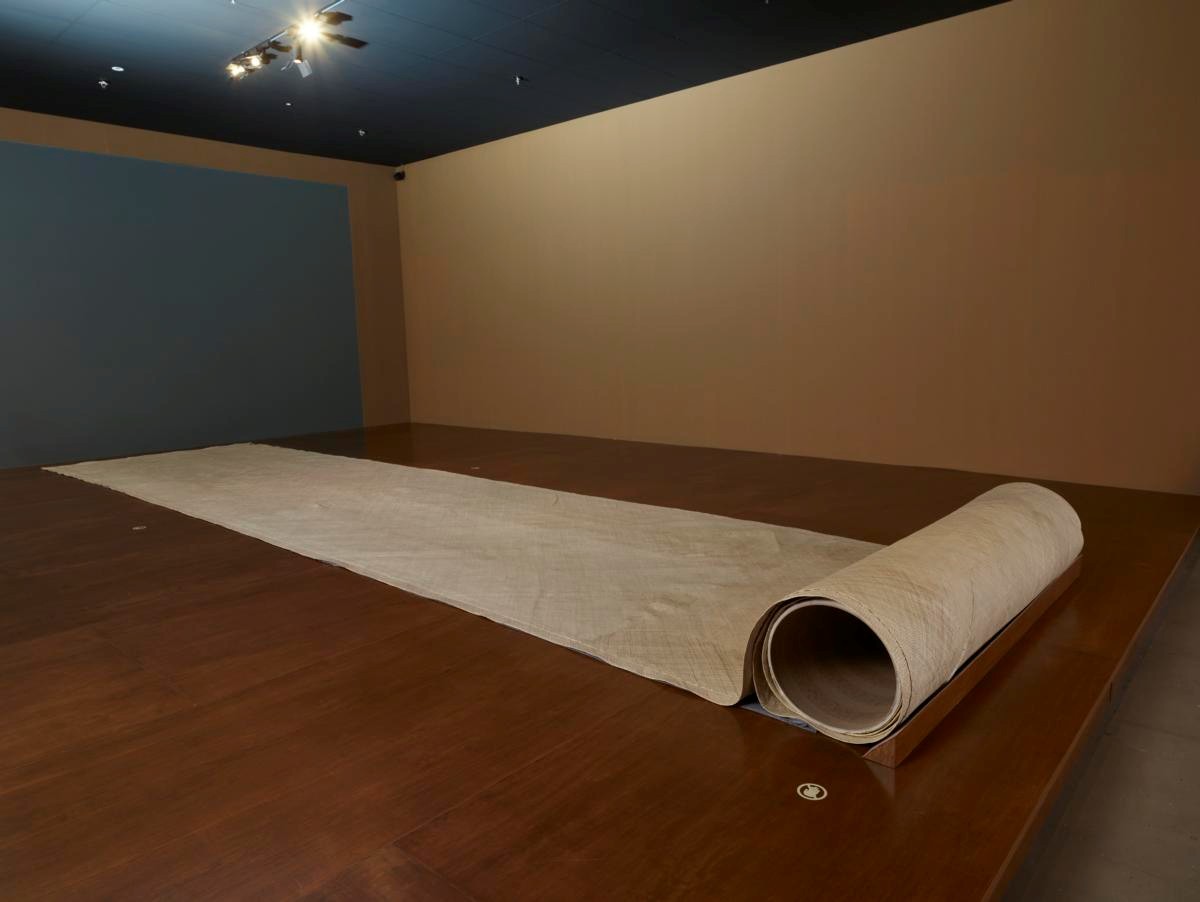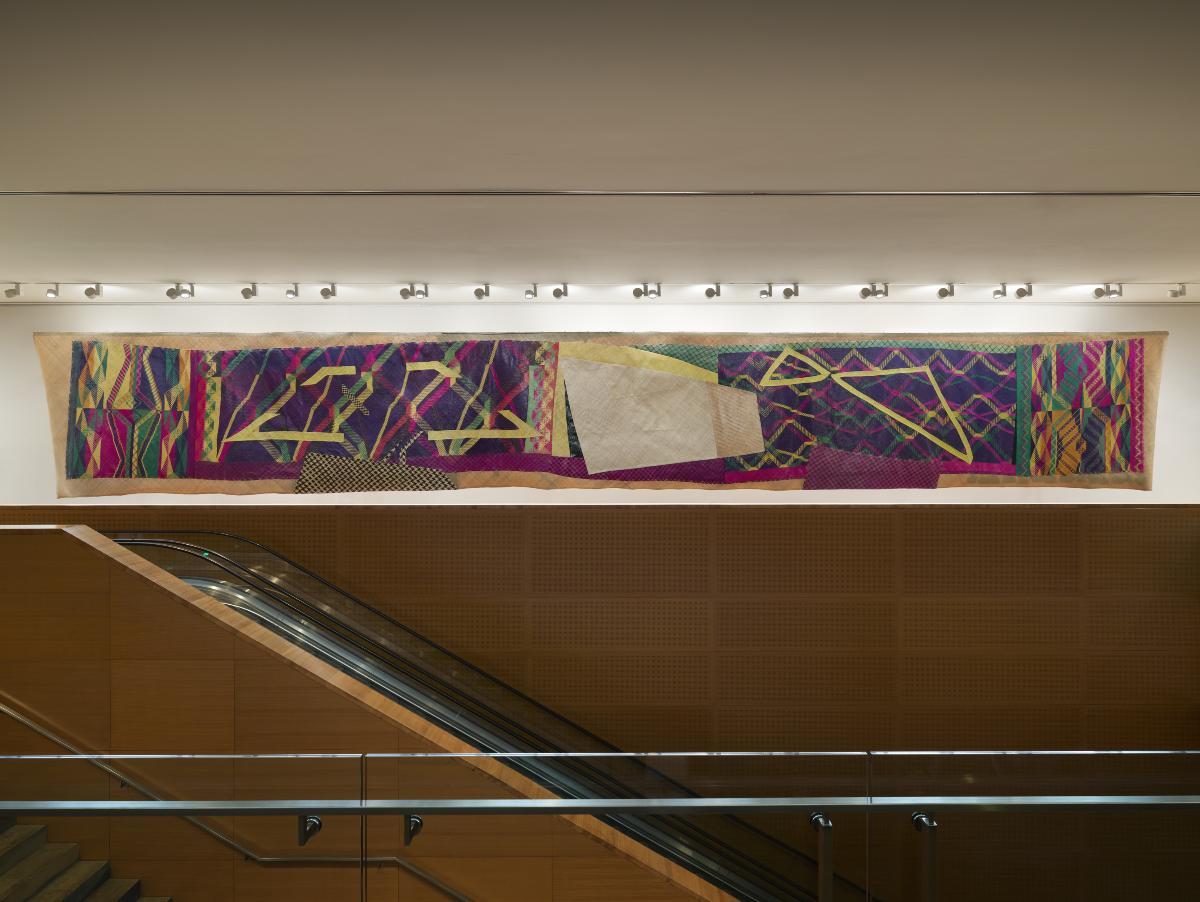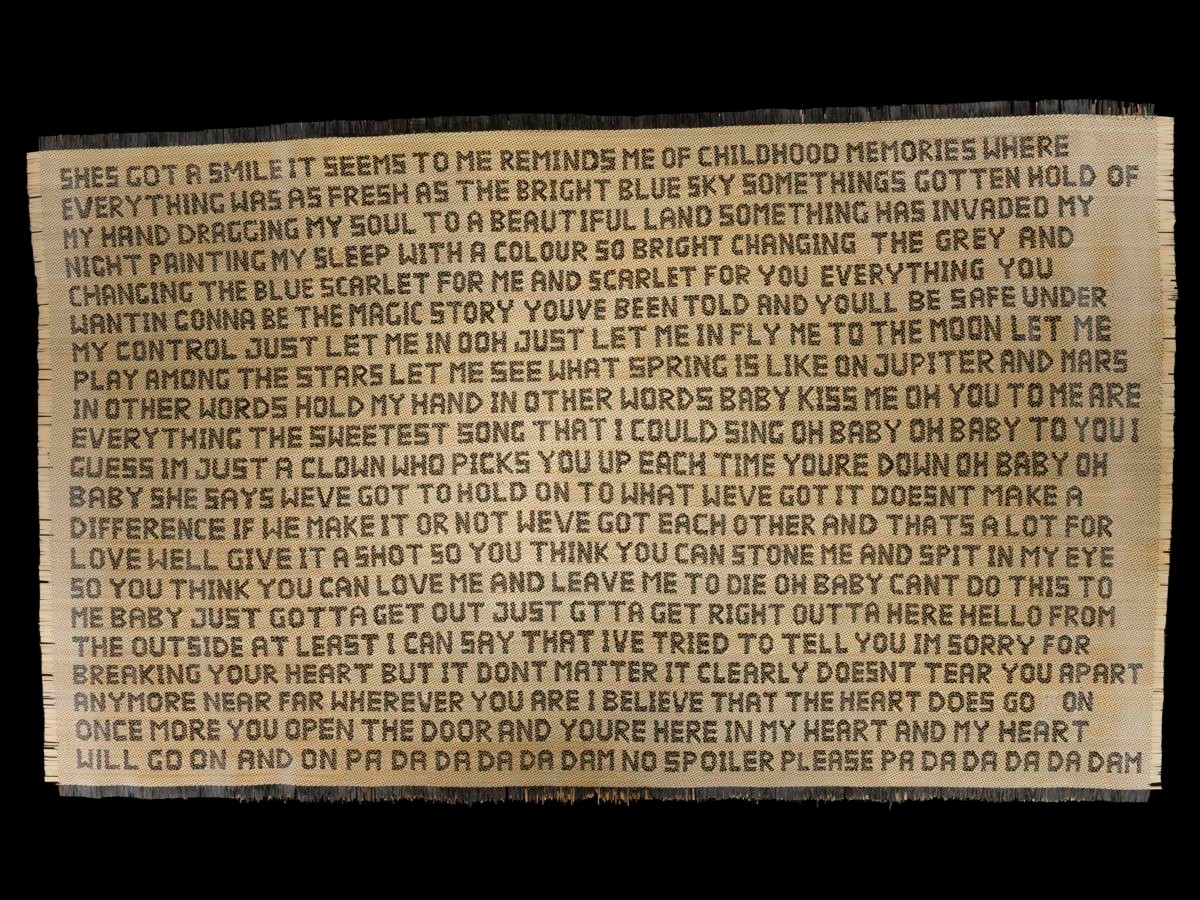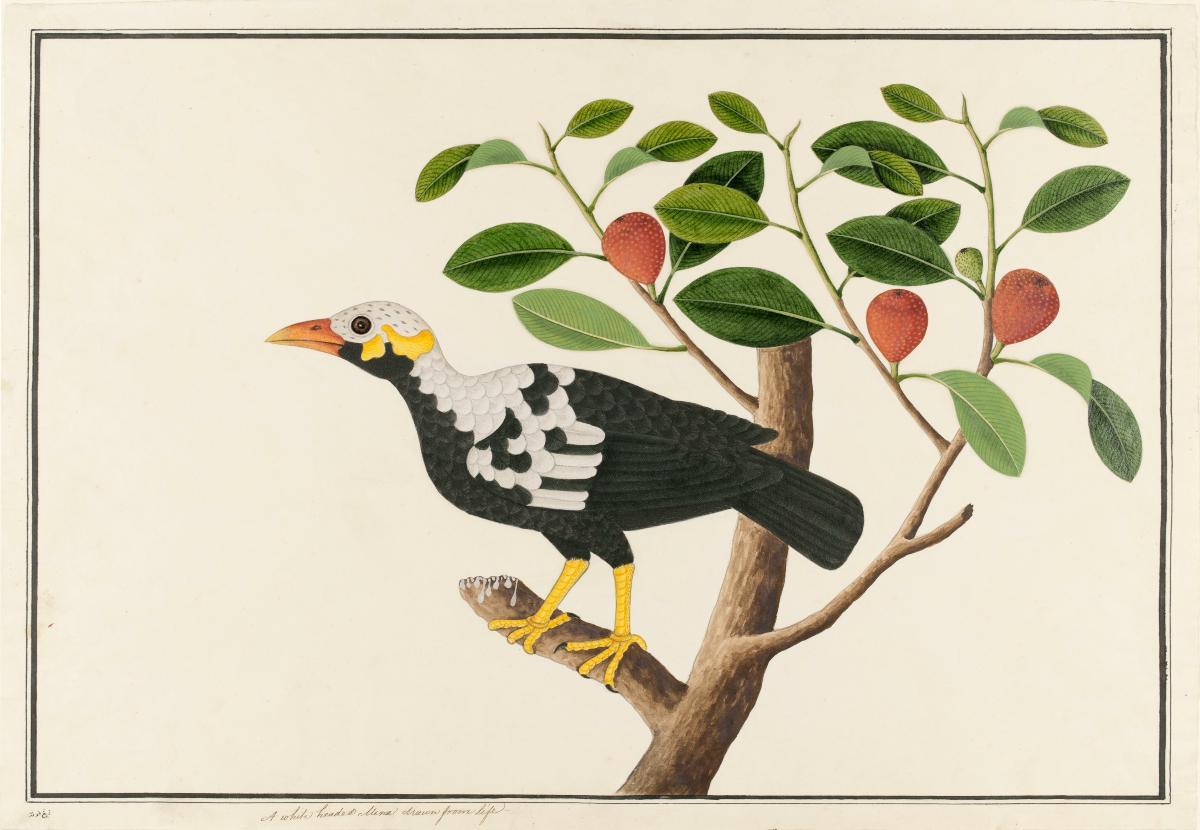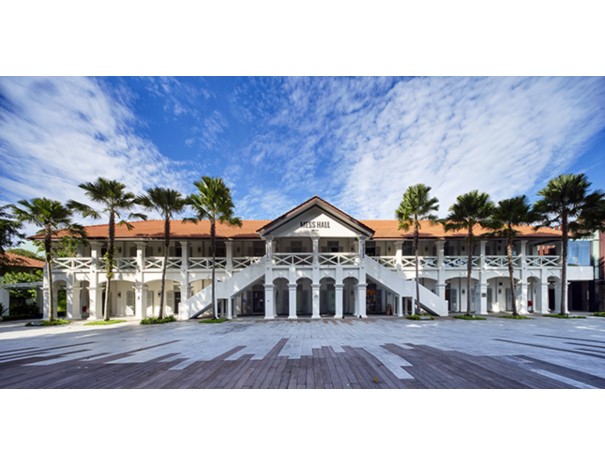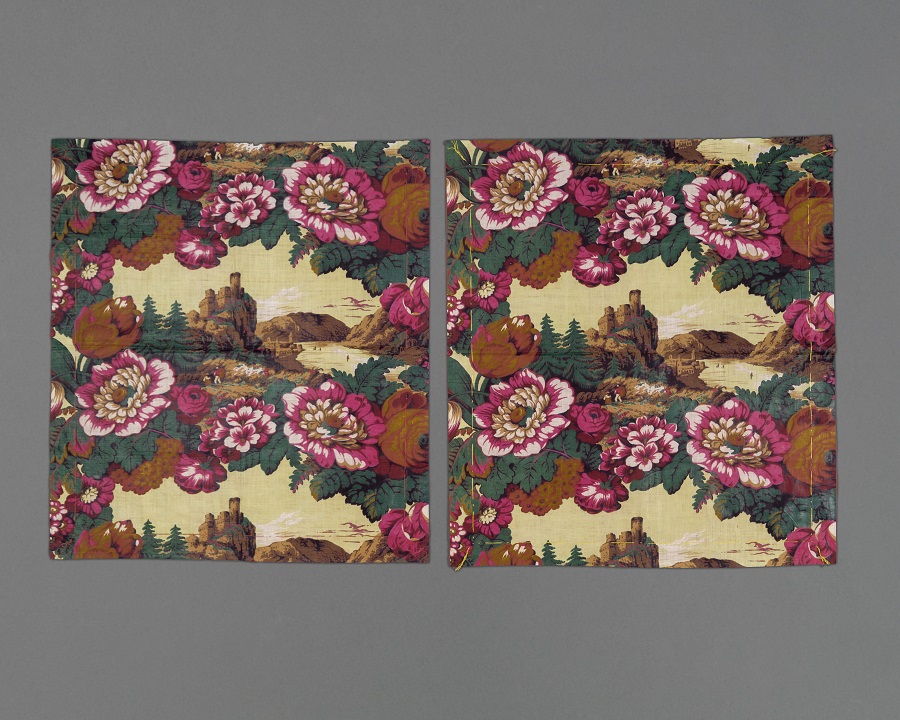Credit: Yee I-Lann with weaving by Bajau Sama Dilaut weavers from Pulau Omadal: Kak Anjung, Makcik Bagai, Makcik Braini, Kak Ebbuh, Makcik Gangah, Kak Ginnuh, Kak Gultiam, Makcik Indah Laiha, Kak Kanuk, Makcik Kuluk Tepo Putih (White Mat) represents recent directions within the artist’s practice since 2018, in working with the material and method of weaving as a fresh way of reframing the subject of power in relation to statehood and its opposite statelessness, as much as to identity, history, colonial trace and the individual’s condition and agency within these. In addition, the artist’s engagement of the communities of weavers from Keningau (the centre of craft in Sabah) and the Bajau Sama DiLaut of Pulau Omadal activates a key aspect of her ongoing interests, which is with the communities and livelihoods of people in her homeland of Sabah, both as aesthetic and social practice, and where the politics of the everyday is not merely acknowledged, but put to action. Tepo Putih is a gentle and open invitation for audiences to join a ritual of communing: to sit next to each other and share an experience. Ordinarily used for rituals, this unembellished mat intensifies that which occurs upon it by giving it attention and presence. The nature of these possible occasions is left open by the artist, and the artwork may be used and deployed at all forms of events and activities where art and people might come together. A woven mat placed horizontally on the floor is an invitation to sit. Whereas mats used for everyday life and work, for commemorating events and representing cultural aesthetics, are decorated, it is the unembellished mat that is used for rituals, such as those for healing or connecting with ancestors. However, this unembellished Tepo Putih mat created by the artist, is intended to commemorate the ritual of gathering. Deliberately large and expansive, this woven mat is meant to congregate the many, to be inclusive of all, and to bridge the spaces and gaps that can come between individuals and communities. Without decoration, all attention is on those who come sit upon it and all that transpires while there. Through these moments of interaction and conviviality, it may be that the mat, in the course of use, becomes marked but this then represents a precious record of those who experience this communion.




